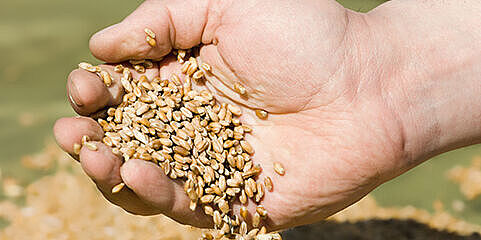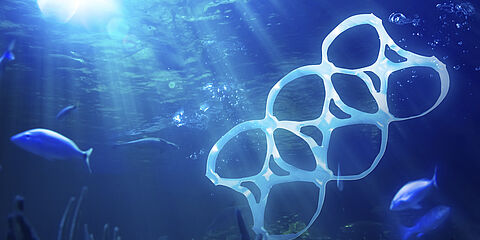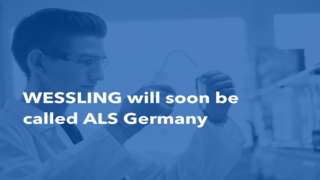New EU regulations on mycotoxins in cereal products: all you need to know!
This year, the European Union has issued two important amending regulations to limit mycotoxins in cereal products. With Regulation (EU) 2024/1022 for deoxynivalenol (DON) and Regulation (EU) 2024/1038 for T-2 and HT-2 toxin, which will become an integral part of the European Contaminants Regulation (EU) 2023/915, the EU is once again setting binding maximum levels for mycotoxins. Our food analysis experts at WESSLING have researched and summarised the most important information on the new maximum levels for you.
Introduction of binding maximum levels for T-2 and HT-2 toxins

In accordance with Commission Recommendation 2013/165/EU of 27 March 2013, there were previously only indicative levels for the mycotoxins T-2 and HT-2 in cereal products. With the new Regulation (EU) 2024/1038, published on 10 April 2024, binding maximum levels have now been introduced. These regulations apply to various stages of cereal processing, from unprocessed cereals to end products such as baked goods and breakfast cereals.
The regulation sets specific maximum levels for different types of cereals. For example, the maximum permitted level for unprocessed oats is 1250 µg/kg, while the level for oat products, such as oat flakes, is 100 µg/kg. The maximum level for unprocessed cereals is 50 µg/kg. There are also specific regulations for malting barley, maize and durum wheat, each with higher limits.
.
Stricter regulations for baby food
In addition to general foods, specific maximum levels have been set for baby foods, such as complementary foods, cereal-based foods and foods for special medical purposes intended for infants and young children. This means that there are particularly strict limits of 10 µg/kg for baby foods.
New regulations for deoxynivalenol (DON) in food products

As announced in a circular in November 2023, the maximum levels for deoxynivalenol (DON) in food have also been revised. The new Regulation (EU) 2024/1022, published on 8 April 2024, lowers the limits for DON in various cereal products. This regulation applies to all stages of processing and requires producers to comply with the maximum levels in their final products.
WESSLING provides tailored analysis methods for changing requirements: our services
To meet changing performance requirements, we have already established a multi-method for mycotoxins in specific food matrices. This allows the simultaneous detection of the following mycotoxins in accordance with the Contaminants Regulation (EU) 2023/915:
- Aflatoxin B1, B2, G1 and G2 and their sum
- Ochratoxin A (OTA)
- Deoxynivalenol (DON)
- Zearalenone (ZEA)
- Fumonisin B1 and B2 and their sum
- Citrinin
We also use our multi-mycotoxin method to detect other substances, such as:
- T-2 and HT-2 Toxin
- Alternaria toxins: Altenuen (ALT), alternariol (AOH), alternariol monomethyl ether (AME), tentoxin (TEN) and tenuazonic acid (TEA)
- 15-acetyldeoxynivalenol (15-Ac-DON) and 3-acetyldeoxynivalenol (3-Ac-DON)
- Fusarenone X (FX)
- Nivalenol (NIV)
- alpha-zearalenol and beta-zearalenol
- Fumonisin B3
- Enniatin A, A1, B and B1
- Cyclopiazonic acid (CPA), mycophenolic acid, penicillic acid, penitrem A and roquefortin C
- Sterigmatocystin
Our experts also offer customised methods for the analysis of the mycotoxins aflatoxin M1, patulin and ergot alkaloids in food regulated by the Contaminants Regulation (EU) 2023/915.
Data collection and reporting obligations
The Regulation requires Member States and operators to regularly submit data on T-2 and HT-2 toxins in oat products to the European Food Safety Authority (EFSA). Measures to reduce these toxins must also be documented and reported by 2028.
These new regulations will be mandatory from 1 July 2024. However, products placed on the market before this date may remain on the market until their best-before or expiry date.
Your contact person for our food safety team
- Christina Witt
- +49 2505 89-633
- food@wessling.de

„If you have questions about our multi-method for mycotoxins or are interested in our analyses, please feel free to contact me.“



